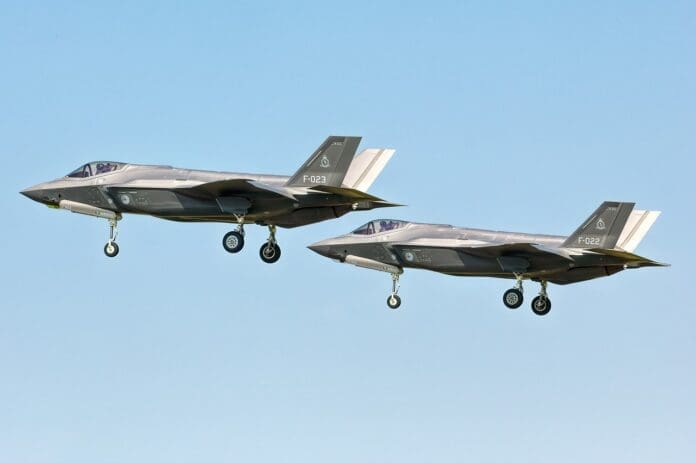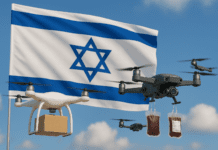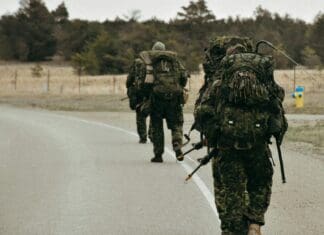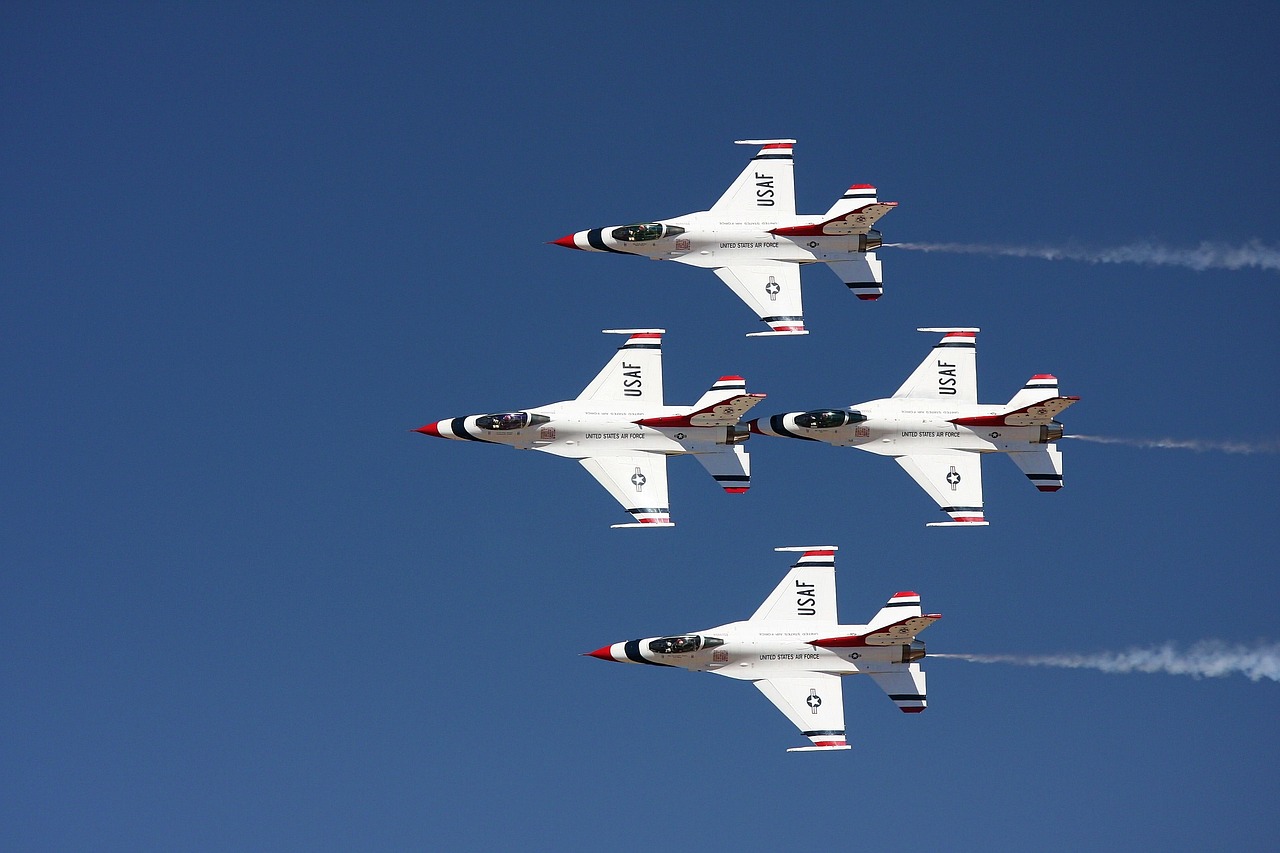This post is also available in:
 עברית (Hebrew)
עברית (Hebrew)
Lockheed Martin has unveiled a groundbreaking development in military aviation: the ability to control drones using artificial intelligence (AI) directly from the cockpit of an F-35 stealth fighter jet. This innovation promises to reshape future air operations by enabling seamless coordination between piloted aircraft and drones, including the U.S. Air Force’s Collaborative Combat Aircraft (CCA).
In a recent demonstration, Lockheed Martin showcased the integration of AI technologies within the F-35’s cockpit. The system allows a pilot to control multiple drones during flight via a touchscreen interface, enhancing mission capabilities by engaging enemies with a level of precision and speed previously unattainable.
The AI-enabled architecture is designed to improve piloted-drone collaboration, allowing real-time adjustments and optimized mission outcomes. Lockheed Martin emphasized that this technology is pivotal for the U.S. Air Force’s vision of an interconnected fleet, where manned and unmanned systems operate together for enhanced battlefield effectiveness.
OJ Sanchez, Lockheed Martin’s vice president of Skunk Works, stated, “We’re continuing to make significant investments focused on next level air dominance, where fighters and drones operate securely together to strengthen the Joint Forces.” He emphasized the importance of AI’s role in assisting human decision-making, enabling faster and more adaptable responses during combat.
This recent achievement follows a similar test conducted in November 2024, where a human controller used a touchscreen interface to direct two AI-powered L-29 Delfin Jets acting as drones during a simulated engagement. These tests are a continuation of Lockheed Martin’s decade-long efforts to develop secure communication systems that allow fighters and drones to work in tandem during complex missions.
Lockheed Martin’s integration of AI with advanced military aircraft marks a significant step forward in air combat strategy. The technology not only improves operational efficiency but also contributes to ensuring long-term air superiority by merging the capabilities of current and future fighter jets with autonomous systems.


























